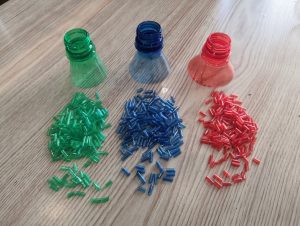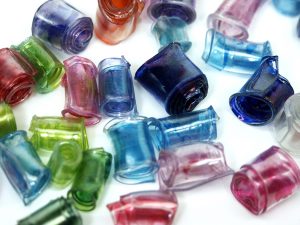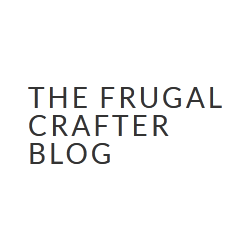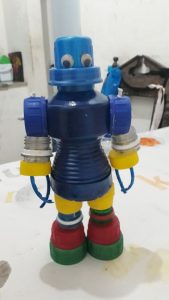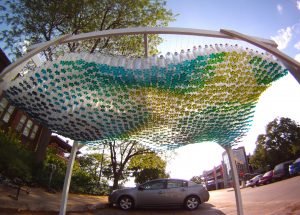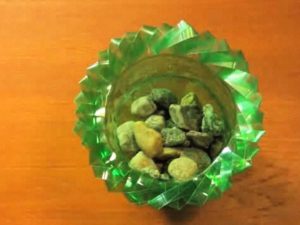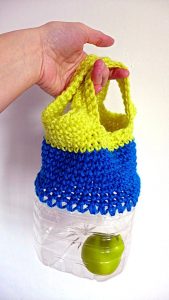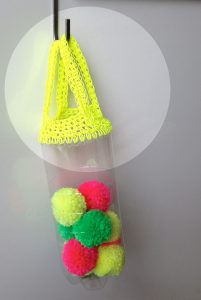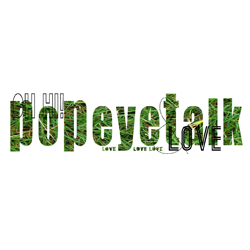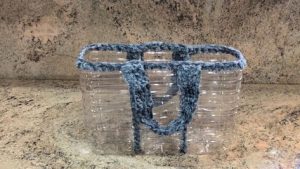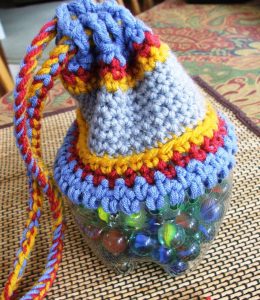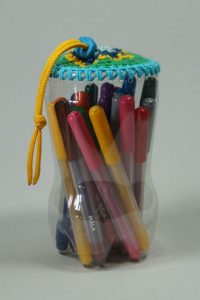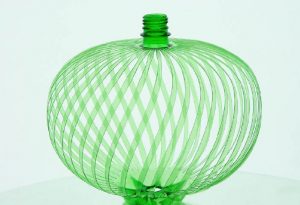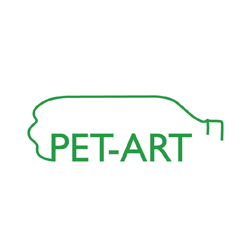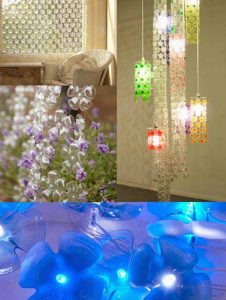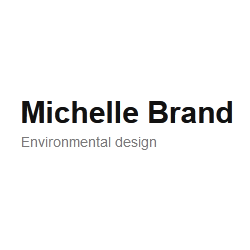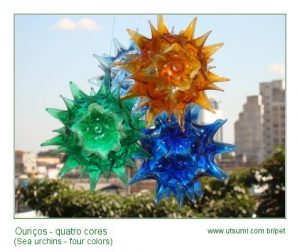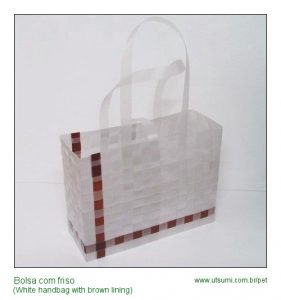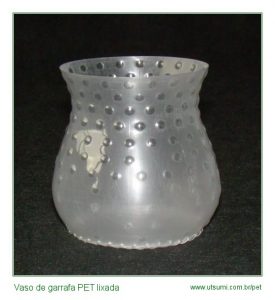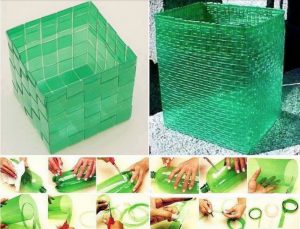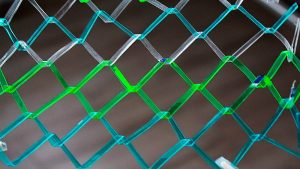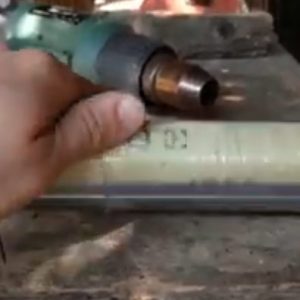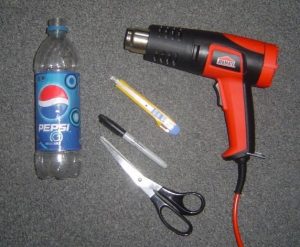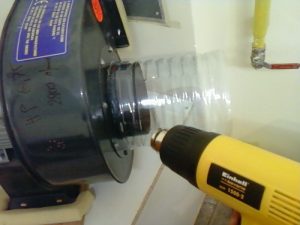Polyester fibres
- Polar fleece
- Microfibre towels and cleaning cloths
- Carpet
- Sailcloth
In a film form it is commonly known as Mylar and has an alumium coating
- Helium ballons
- Space blankets
 Recycling
Recycling
PET is highly recyclable, hence the desire to ensure it is collected through deposit return schemes.
Worldwide, 480 billion plastic drinking bottles were made in 2016 (and less than half were recycled).
Nearly all PET recycling is mechanical as chemical recycling, while possible, is not viable at scale with the relatively easy to recycle plastics.
PET plastic is crushed and then shredded into small flakes which are then reprocessed to make new PET bottles, strapping, and non-food containers. or spun into polyester fibre. This recycled fibre is used to make textiles such as fleece garments, carpets, stuffing for pillows and life jackets, and similar products.
 Properties
Properties
- PET is clear and tough; i its natural state is a colourless, semi-crystalline resin
- It becomes softer at around 80˚C
- Lids and labels are made from other plastics.
- It becomes white when exposed to chloroform
- It sinks
- High mould shrinkage
- If you smash PE, it will just bend or deform (compared to PP #5 which shatters)
PROS
- It is lightweight
- Rigid/semi-rigid (strong and stiff)
- It makes a good gas and fair moisture barrier
- Good electrical properties
- It has a high degree of impact resistance and tensile strength
CONS
- It is not resistant at high temperatures
- Its maximum temperature is 200 °F (93 °C)
- It degrades when exposed to sunlight and oxygen
- Heat degradation
- Harmful fumes
How can I tell something is made of PET? See CIWM/WasteAid guide
1. Look: PET containers are clear, sometimes have a “1” printed on them and are often used for water or drink bottles. They have a bump on the bottom of the bottle.
2. Float test: PET will sink in water.
3. Flame test:
- Yellow flame
- Plastic drips
- Burns slowly
- Smells like burnt sugar
- Light smoke with soot (floating particles).
 WARNING
WARNING
PET is intended for single use applications; repeated use increases the risk of chemicals seeping into the liquid and bacterial growth. PET plastic is difficult to decontaminate, and proper cleaning requires harmful chemicals.
Harmful fumes during heat processing, some research suggesting harmful materials seeping through long term use.
Sources
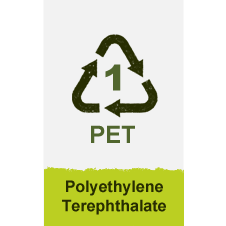 PET is a very strong plastic that can be easily recognised for its transparent look. Outside of packaging, you will have come across PET by its more common name: Polyester. It is one of the most commonly used plastics.
PET is a very strong plastic that can be easily recognised for its transparent look. Outside of packaging, you will have come across PET by its more common name: Polyester. It is one of the most commonly used plastics.
 Recycling
Recycling Properties
Properties WARNING
WARNING




